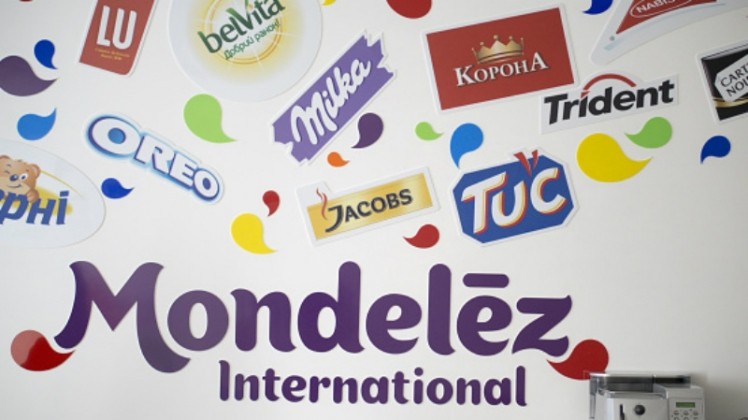Pandemic snack attack: Rise of work-from-home culture driving snacking trend in Australia - Mondelez report

Mondelez’s State of Snacking 2020 report was much focused on the COVID-19 pandemic’s impact on the snacking industry, and for Australia in particular, an obvious positive upwards impact was observed on local consumers’ snacking behaviour as a result of more people working from home during lockdowns.
“[We] surveyed over 500 people [and saw] more snacking for many Australians [and the] results [have shown] a significant change in eating habits brought about by the pandemic,” Mondelez Director of Strategy, Insights and Analytics Tom Kimpton said.
“Nine out of 10 (91%) of adults told us they are either snacking more or at the very least the same amount, and [of this group] 37% said they have been snacking more during the pandemic than before it.”
In particular, the rise in the culture of working from home has been found to be a major upwards driver for consumer snacking.
“There has been a clear increase in snacking for those that worked from home,” added Kimpton.
“This group was found to be 50% more likely to snack throughout the day (33%) versus those that were able to continue working in their usual place of work (22%).
“People are simply snacking more throughout the day – 70% of millennials and centennials (Gen Z) especially are saying that they prefer snacks over meals.
“[Within this trend], comfort is the number one driver [where] the uncertainty caused by the pandemic has seen people turn to trusted brands and their old favourites. Over half of those surveyed said they’ve been buying snacks that bring back good memories during the pandemic (53%), while 72% said they want to stick with the brands they know.”
This snacking behaviour is not expected to be limited to the pandemic though – the report also found that nearly three-quarters or 72% of consumers had highlighted plans to continue snacking through the day as a means of sustenance, instead of reverting back to a few large meals.
Snack preferences were also observed for different age demographics, with younger consumers in the millennial and centennial groups showing increasing a 13% increased preference year-on-year for biscuits, and older Gen X and baby boomers increasing consumption of lollies and sweets by 10% year-on-year.
Healthy snacking still top-of-mind
Although snacking behaviour has increased, the trend for health and wellness in Australia is still very clear in consumers’ snack choices, with 58% emphasising that they pay attention to the types and content of snacks eaten, and 64% opting to maintain control over the portion sizes eaten.
“There are also significant differences between generations in the nutritional benefits of the products they choose,” said Kimpton.
“Centennials and Millennials are more likely to seek snacks that reflect the latest wellbeing trends such as high protein (33%), immunity-boosting (23%) and plant based (20%), while Boomers are the generation most likely to seek more traditional methods of managing their intake via portion controlled or bite-sized snacks (29%).”
Trends in online snack shopping
The rise of the pandemic has also seen the majority of shoppers worldwide with access to the internet turn to online shopping and e-commerce. For snacks in particular, Mondelez saw this figure nearly double from some 20% before COVID-19 to 39% during the pandemic.
“Appetites are rising for new online shopping experiences, where snackers are seeking factors like gamification, personalisation and rewards to maximise the digital environment,” said the report authors.
“For the Asia, Middle East and Africa (AMEA) region in particular, nearly half of (49%) surveyed consumers have expressed interest in online shopping experiences where they can mix and match bulk snack packs so as to choose their own variety of flavours.”
Other new interactive options as yet barely tapped by the snacks industry include online virtual stores to ‘walk through and browse’ for that virtual experience, game-like shopping to get points for buying which can be redeemed for free snacks, or making personalised snacks an option – all ‘new normal’ ideas that snack manufacturers would do well to tap on to maximise online presence, especially as 69% of global consumers have stated plans to continue shopping for snacks online even when the pandemic is over.











